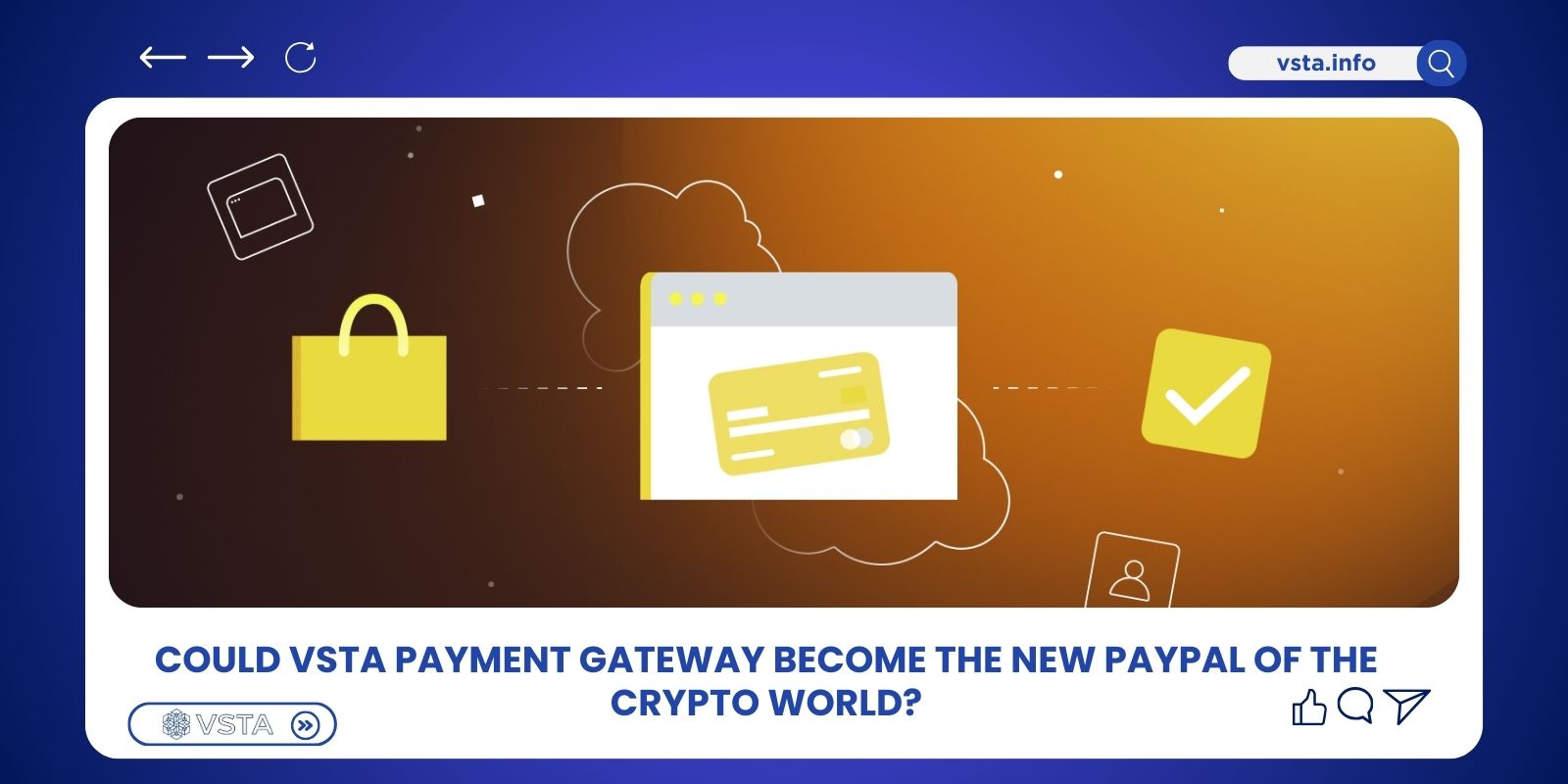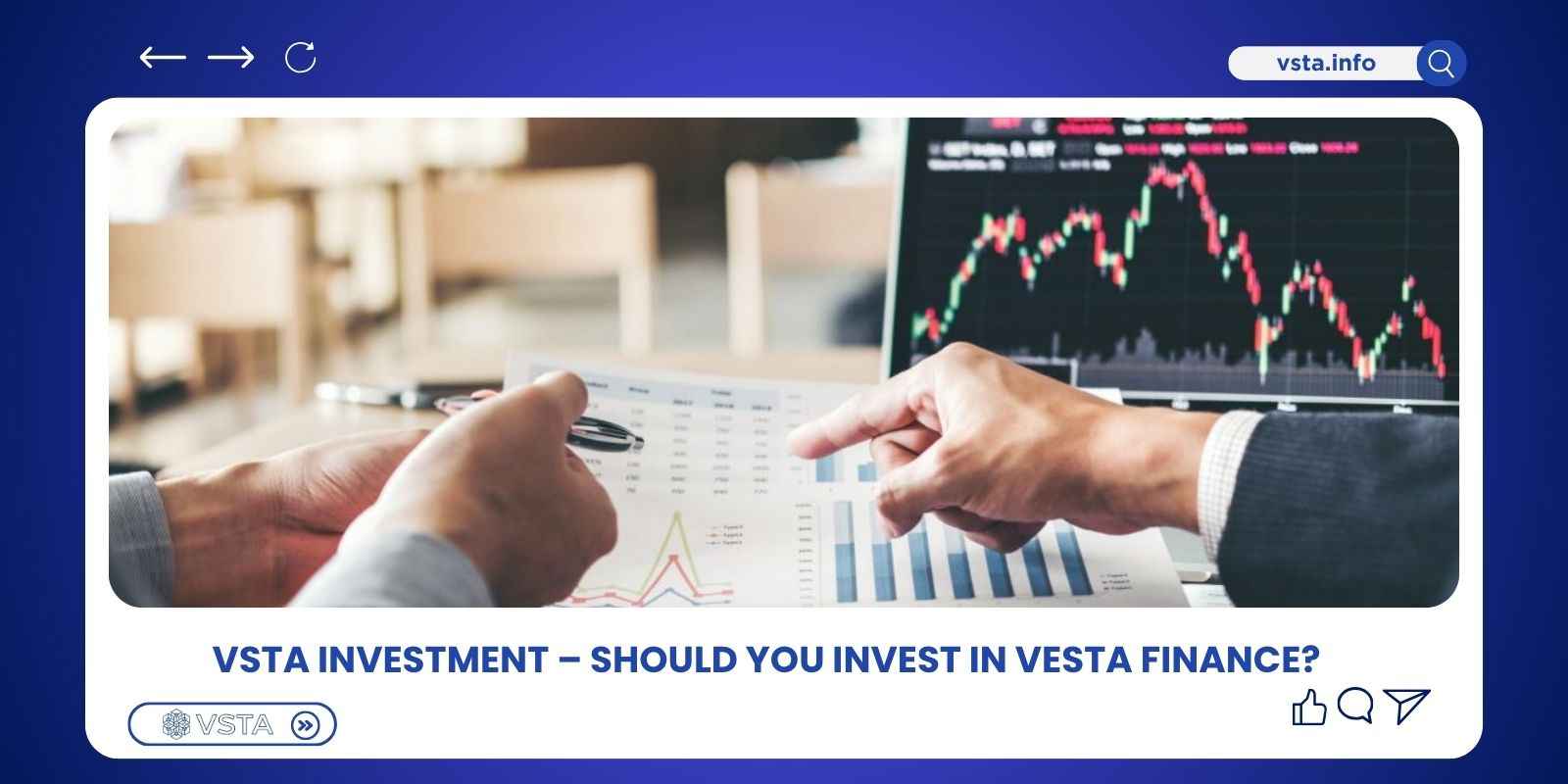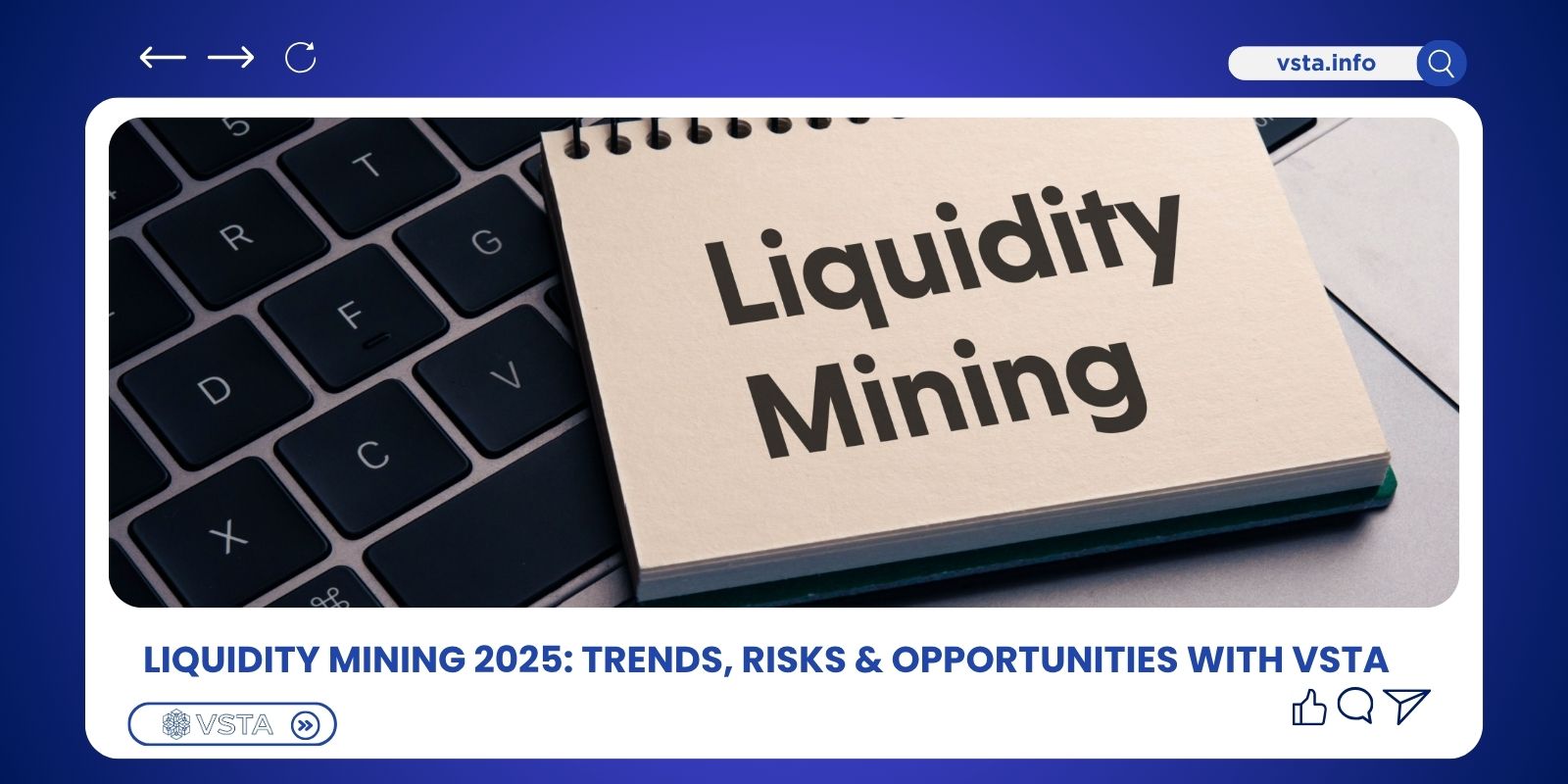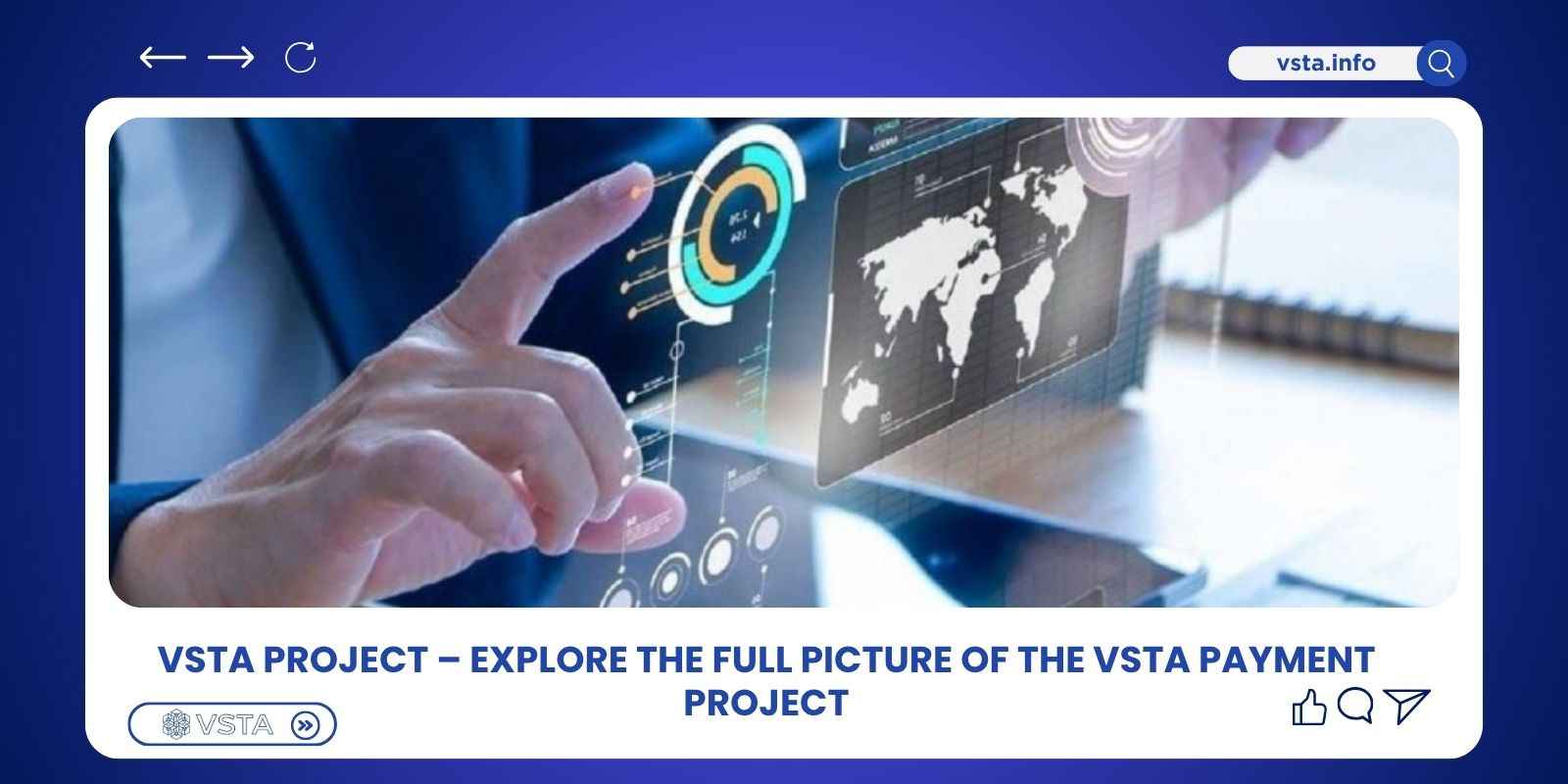While PayPal dominates the online payment market in the Web2 world, the crypto ecosystem has long desired a similar solution to drive explosive growth in the Web3 era. However, PayPal’s convenience comes with limitations such as high fees, dependence on banks, and restrictions across national borders. In contrast, blockchain enables decentralized payments that are faster and nearly cost-free. Amid this wave, the VSTA Payment Gateway emerges as a strong potential candidate. Let’s explore the details in this article from VSTA!
What is VSTA Payment Gateway?
The VSTA Payment Gateway is a decentralized payment gateway built on blockchain. Unlike PayPal or credit cards, which rely on banks and intermediaries, VSTA allows users to make direct crypto payments through smart contracts. This ensures transparency, speed, and security.
When a transaction is made through the VSTA Payment Gateway, the process works as follows:
- The buyer pays with tokens/cryptocurrency.
- A smart contract on the blockchain processes the transaction and confirms it almost instantly.
- The seller receives funds directly into their crypto wallet – with no third party involved.
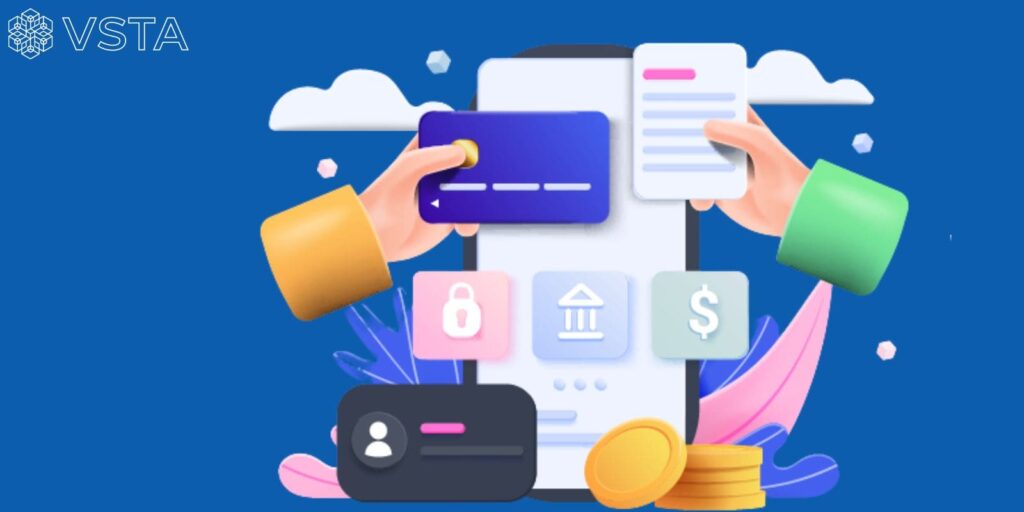
PayPal vs VSTA Payment Gateway – The Core Differences
| Criteria | PayPal (Web2) | VSTA Payment Gateway (Web3) |
| Transaction Speed | Minutes to hours (depends on banks) | Seconds (processed on Layer-2 blockchain) |
| Transaction Fees | 2% – 5% per transaction | Nearly zero (thanks to decentralization) |
| Scope of Use | Limited by country and legal restrictions | Borderless, global |
| Security | Relies on intermediaries (banks/PayPal) | Secured by blockchain & smart contracts |
| Scalability | Dependent on banking infrastructure, hard to integrate | Easily expands to DeFi, NFTs, and the Metaverse |
From this comparison, we can answer the question: “Can VSTA Payment Gateway become the PayPal of the crypto world?”. The answer is potentially yes, but the road ahead is not easy. With fast transactions, near-zero fees, and borderless operations, VSTA Payment Gateway clearly demonstrates advantages over PayPal in an increasingly digital global payment landscape.
In the Web3 world, where transparency, decentralization, and seamless integration with DeFi/NFTs are becoming more important, VSTA has a strong opportunity to position itself as the “new PayPal” of crypto. However, challenges remain. PayPal benefits from massive network effects with hundreds of millions of users, while VSTA is still in the process of building trust and expanding its ecosystem. Moreover, regulatory hurdles and user experience (UX/UI) are barriers that any Web3 payment solution must overcome.
Key Advantages of VSTA Payment Gateway
Fast Cross-Border Payments
The VSTA Payment Gateway processes transactions within seconds, regardless of geographical distance. This allows businesses and individuals to receive global payments seamlessly, without banking delays like those faced with PayPal or credit cards.
Ultra-Low Transaction Fees
While traditional payment gateways charge 2–5% per transaction, VSTA almost eliminates these costs by leveraging blockchain and Layer-2 technology. This offers a significant advantage for both individuals and businesses looking to optimize expenses.
Easy Integration with the Web3 Ecosystem
Beyond payments, the VSTA Payment Gateway can integrate directly with DeFi protocols, NFT marketplaces, and the Metaverse. This unlocks entirely new transactional experiences for users in the Web3 economy.
Built for Decentralized Finance (DeFi)
Unlike PayPal, which depends on banks, VSTA operates on a decentralized infrastructure. By removing intermediaries and using smart contracts, it ensures transparency and security. This makes VSTA perfectly aligned with the Web3 trend and the future digital economy.

Challenges VSTA Payment Gateway Needs to Overcome
Market Adoption and Trust: PayPal has hundreds of millions of users worldwide and benefits from strong network effects. To achieve a similar level of trust, VSTA Payment Gateway needs time to build its community, grow partnerships, and prove its safety through real-world usage.
Unclear Legal Regulations: Crypto payments remain in a legal “gray zone” in many countries. This uncertainty could slow down VSTA’s expansion, especially when partnering with large enterprises or entering new markets.
Competition from Major Players: VSTA is not the only project in the crypto payment gateway space. Established names like Coinbase Commerce, Binance Pay, and Stripe Crypto are also rapidly expanding their ecosystems. To stand out, VSTA must differentiate itself by emphasizing decentralization, low fees, and Web3 scalability.
UX/UI Barriers: Most mainstream users are not yet familiar with crypto wallets, private keys, or gas fees. Without improvements in user experience, VSTA will struggle to attract customers beyond the existing crypto community.
Real-World Applications of VSTA Payment Gateway for Businesses
An online store integrating the VSTA Payment Gateway can reduce transaction fees from 3-5% (via PayPal/Stripe) to nearly zero. For businesses generating millions of dollars in annual revenue, these savings are significant enough to reinvest in marketing or product expansion. At the same time, enabling crypto payments allows merchants to reach a global customer base without being restricted by banks or national borders.
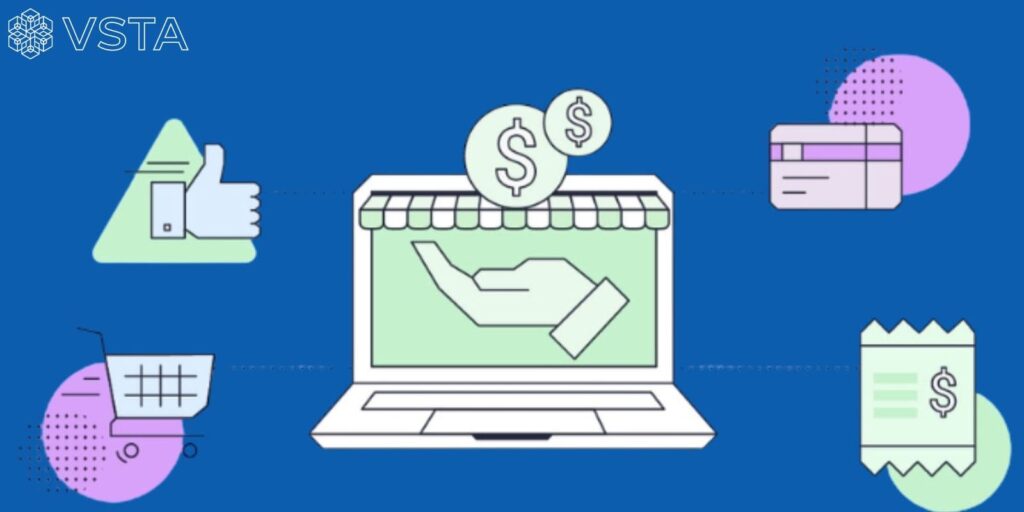
VSTA Payment Gateway in the Crypto Landscape 2025–2030
In the coming years, global payment demand is expected to shift strongly toward decentralization. Users will not only want faster and cheaper transactions but also full ownership of their assets. This creates fertile ground for solutions like the VSTA Payment Gateway to thrive.
The rise of Layer-2 scaling, stablecoins, and CBDCs will enable tens of thousands of transactions per second at extremely low costs, paving the way for VSTA to scale globally. These technologies also enhance price stability, making crypto more practical as a real-world payment method.
In the future, instead of being seen as just a “blockchain version of PayPal,” VSTA has the potential to set a new standard – integrating directly with DeFi, NFT marketplaces, and the Metaverse, along with other decentralized financial applications that PayPal cannot reach.
Final Thoughts
The VSTA Payment Gateway is opening a highly promising path for payments in the Web3 world: fast, low-cost, decentralized, and easily extendable into DeFi, NFTs, and the Metaverse. However, to truly become the “PayPal of crypto,” VSTA must still overcome challenges related to adoption and global regulatory frameworks. Hopefully, the insights above about VSTA have given you a clearer view of its vision and potential.
